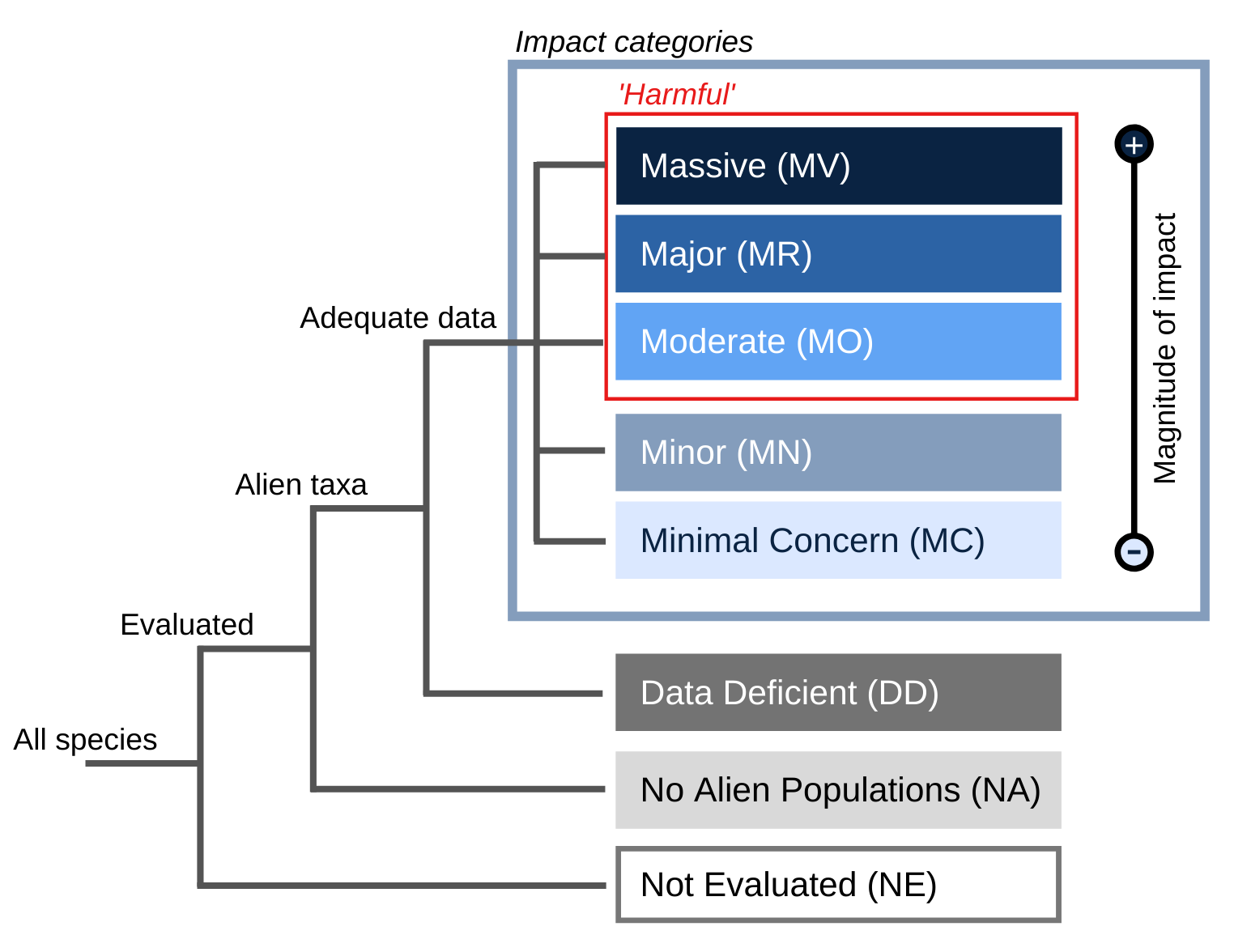Kingdom
Phylum
Class
Order
Family
Plantae
Magnoliophyta
Liliopsida
Hydrocharitales
Hydrocharitaceae
- General
- Distribution
- Impact
- Management
- Bibliography
- Contact
Common name
eel grass (English), ribbonweed (English, Australia), freshwater eelgrass (English, New Zealand)
Synonym
Vallisneria gigantea , Graebn.
Similar species
Summary
Vallisneria spp. commonly known as eelgrass are popular aquarium plants. They are submerged aquatic plants that can grow up to five metres. They grow in still or flowing water and form a dense monoculture that dominates from the bed of the water-body to the surface. Dense infestations may restrict recreational activities, cause flooding and silting and reduce the aesthetic appeal of a body of water.
Species Description
Eelgrasses are submerged rhizomatous (but not tuberous) aquatic plants, producing rosettes of long strap-like leaves which can vary in length from a few centimetres to 5.5 metres in deep water. Rooted or anchored in sediment they have no leafy stem; leaves all arise from a basal rosette at the sediment surface. Leaves have many small longitudinal veinlets and cross-septa, from 0.4-1cm wide. Plants form stout rhizomes that extend from the sediments. Numerous roots, up to 40cm long, sprout at each leaf-bearing node on the rhizomes (Greater Wellington Regional Council 2004b). The sexes are on different plants, the male flowers released and free-floating and the female with a spiral peduncle.
Juvenile or sterile specimens may be difficult to distinguish (Warrington 1994).
Juvenile or sterile specimens may be difficult to distinguish (Warrington 1994).
Notes
Vallisneria spiralis and Vallisneria nana are both known as “eelgrass” (S. Jacobs, pers.comm., 2006).
V. nana is referred to by its synonym Vallisneria gigantea in literature.
V. nana is referred to by its synonym Vallisneria gigantea in literature.
Lifecycle Stages
Vallisneria nana has been reported to flower abundantly in Auckland, New Zealand from November to March (Coffey and Clayton 1987). However, please note that in New Zealand there is no evidence of viable seed being produced (Greater Wellington Regional Council 2004b).
Uses
Vallisneria is a popular aquarium plant in New Zealand (Coffey and Clayton 1987).
Habitat Description
Coastal and inland wetlands, lakes, and rivers.
Principal source:
Compiler: IUCN/SSC Invasive Species Specialist Group (ISSG) with support from the Terrestrial and Freshwater Biodiversity Information System (TFBIS) Programme (Copyright statement)
Review: Dr. Surrey Jacobs Principal Research Scientist Royal Botanic Gardens Sydney NSW, Australia
Publication date: 2006-11-01
Recommended citation: Global Invasive Species Database (2025) Species profile: Vallisneria nana. Downloaded from http://www.iucngisd.org/gisd/speciesname/Vallisneria+nana on 10-09-2025.
General Impacts
Eelgrasses are submerged aquatic plants that can grow up to five metres. They grow in still or flowing water and form a dense monoculture that dominates from the bed of the water-body to the surface. Dense infestations may restrict recreational activities, cause flooding and silting and reduce the aesthetic appeal of a body of water.
Management Info
Options for control of Vallisneria spp. include mechanical removal, (with weed harvesters or suction dredges), chemical control with herbicide, manipulation of the habitat by drainage or weed mats and biological control with agents such as grass carp (Environment B.O.P. Undated). However, biological control should be carefully considered in respect to all situation-specific biotic variables. Taking biological control out of context, especially when there is a lack of robust scientific data, might cause more damage to an ecosystem than it prevents. Froude (2002) notes that while some generalist herbivorous fish promoted as biocontrol agents will reduce the biomass of plants in an area, their browsing is not host-specific as they reduce both undesirable and favoured plants. As an example she mentions grass carp used to reduce aquatic plant biomass.





